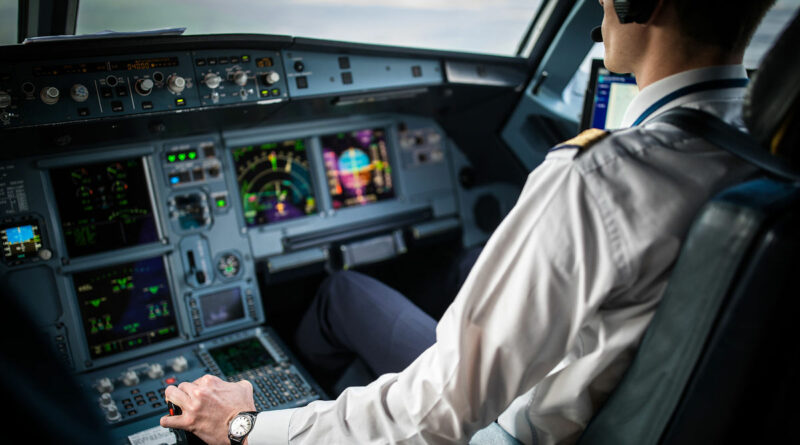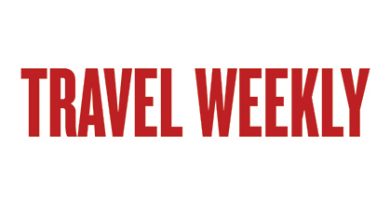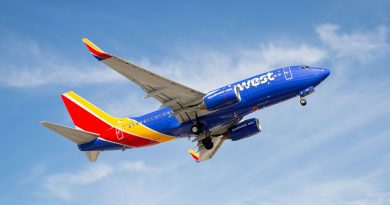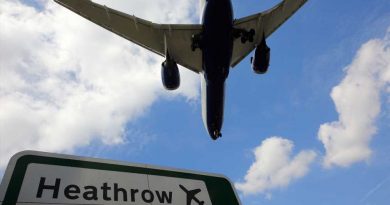Proposed bills address the U.S. pilot shortage
Newly filed bipartisan legislation in the House and Senate would aim to reduce financial barriers for aspiring pilots.
Related bills, introduced by Tammy Baldwin, D-Wis., and Dan Sullivan, R-Ark., in the Senate, and by Colin Allred, D-Texas, and Lori Chavez-DeRemer, R-Ore., in the House, would increase the federal student loan limit for flight training programs to as much as $137,500 from the current limit of $80,000.
The bill’s sponsors, as well as supporting organizations such as the Regional Airline Association (RAA), Airlines for America (A4A) and the Air Line Pilots Association (ALPA) union, are touting the measure as a way to fill in the funding gap for aspiring pilots, diversify pilot ranks and provide a long-term antidote to the U.S. pilots shortage.
Related: Lawmakers draft legislation that would raise the pilot retirement age
Aspiring pilots who aren’t coming out of the military must accrue at least 1,000 flight hours to co-pilot an aircraft for a commercial airline. Those coming from a flight training school that is not affiliated with a college or university must log 1,500 hours of flight time.
The RAA estimates the costs of achieving a bachelor’s degree in combination with requisite flight training to be $200,000 or more. High costs are viewed as one impediment to diversity with the airline pilots ranks. According to Bureau of Labor Statistics data, just 2.6% of U.S. pilots are black and 9.2% are women. More than 95% are white.
“Long delays and cancellations have become all too common in airports across the country and part of the reason is due to a shortage of pilots,” Chavez-DeRemer said in a prepared remark. “Our commonsense proposal would help close the gap by creating outreach programs and giving prospective pilots the same loan opportunities granted to students at traditional four-year schools.”
Along with increase the loan limit, the bill would create a federal matching grant program for the establishment of flight training and pilot trainee scholarship programs at educational institutions that target students from low-income and under-represented backgrounds. The federal share of the grants would be 75%, with grant expenditures authorized for up to $40 million annually.
Source: Read Full Article



